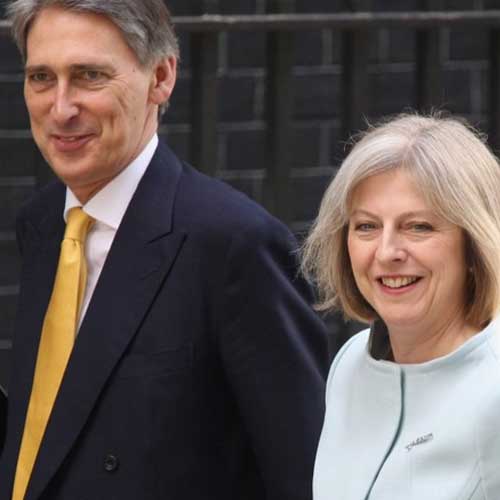Chancellor Philip Hammond delivered his first Autumn Statement with little fuss and in a relatively short time. There were few surprises due to many highlights of his statement being leaked to the press over the last few days. The biggest surprise being the end of the Autumn Statement itself as the government moves to align the statement with OBR forecasts in the Spring and then leave policy decisions to the autumn with an annual autumn Budget.
Here are the key points raised today:
-
General Economy
- Forecasts to beat the budget deficit by 2020 have indeed been scrapped with instead an intention to reduce borrowing from the current £64 billion to around £19 billion in 2020.
- The government is targeting the next parliament to eliminate the deficit.
- Growth forecasts are down, blamed on inflation and weakened pound, but £23 billion investment fund to be used to combat this and increase productivity.
- £1bn to be spent on improving access to fibre broadband and 5G mobile data across the country.
- £1.1bn to be focused on improving transport infrastructure with £220 million on pinch points on roads.
-
Tax and Welfare
- Personal allowance target of £12,500 for 2020 still on track as is the raising of the higher rate threshold to £50,000 (£37,500 + £12,500).
- From April 2017, the personal allowance for all will be £11,500 and the higher rate threshold £45,000 (£33,500 + £11,500). That is a £500 rise in the allowance and £1,500 rise in the higher rate threshold from the current levels.
- Salary sacrifice reforms were on the cards and they are to be implemented. Aside from a few things like childcare, pensions and pensions advice - any other salary sacrifice will be treated as cash income.
- National Living Wage goes up to £7.50 - a rise of 30 pence. Starting April 2017.
- The level at which employees and employers are liable to paying national insurance contributions are to be aligned at £157 a week (up from the current £155 and £156 a week).
- Insurance premium tax to rise to 12 percent from 10 percent - but whiplash claims are to be targeted so motorists should see an actual £40 per policy saving on average.
- Universal Credit will see the rate at which the benefit is cut due to other income reduced. The taper rate will be lowered from 65 percent to 63 percent.
-
Housing
- As widely reported across the media the war on the buy to let industry continues with lettings agents to be banned from charging tenants fees. The shift here will likely raise rates landlords are charged by lettings agents and there are fears of rises in rents. Scottish law already banned tenant's fees and results there did not see rents rise however. The exact timescale for the changes was not mentioned and a consultation is yet to be run before any measures are implemented.
- Housing funds established to help counter supply issues across the country and deliver an extra 140,000 homes.
-
Fuel
- For the seventh successive year the fuel duty rise has been cancelled - the combined pressure of rising oil prices alongside the weakening pound have put enough pressure on pump prices already.
Get an estimate of the changes using our 2017/2018 custom tax calculator here.
The full rates and allowances for 2017/2018 are here.



